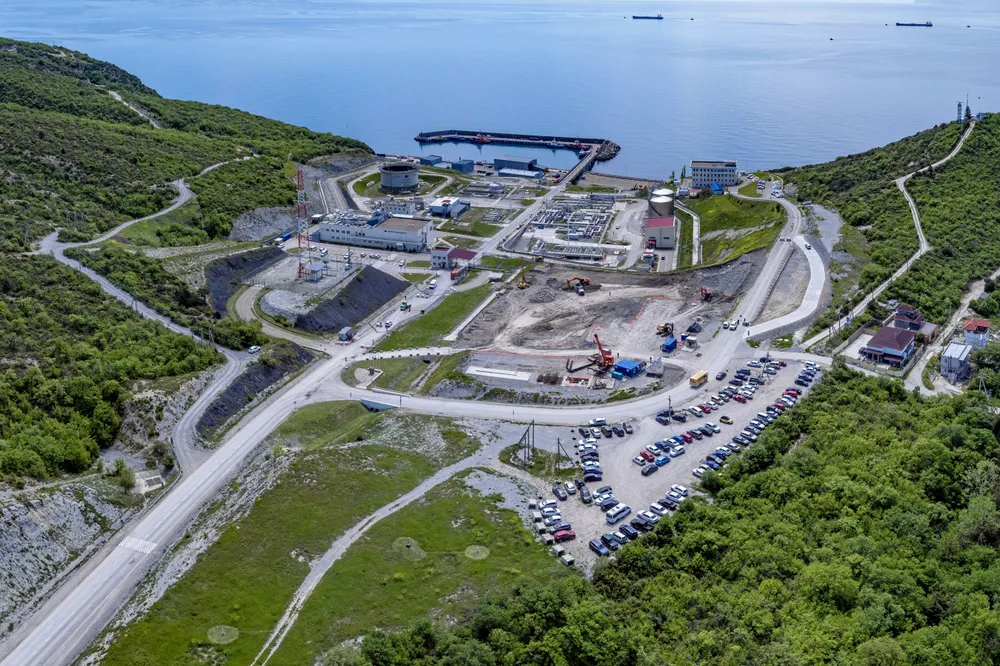Kazakhstan oil exports to fall by 19% in April
Country assesses impact from sudden closure of two Caspian Pipeline's tanker loading buoys in Russian sector of the Black Sea

Country assesses impact from sudden closure of two Caspian Pipeline's tanker loading buoys in Russian sector of the Black Sea
